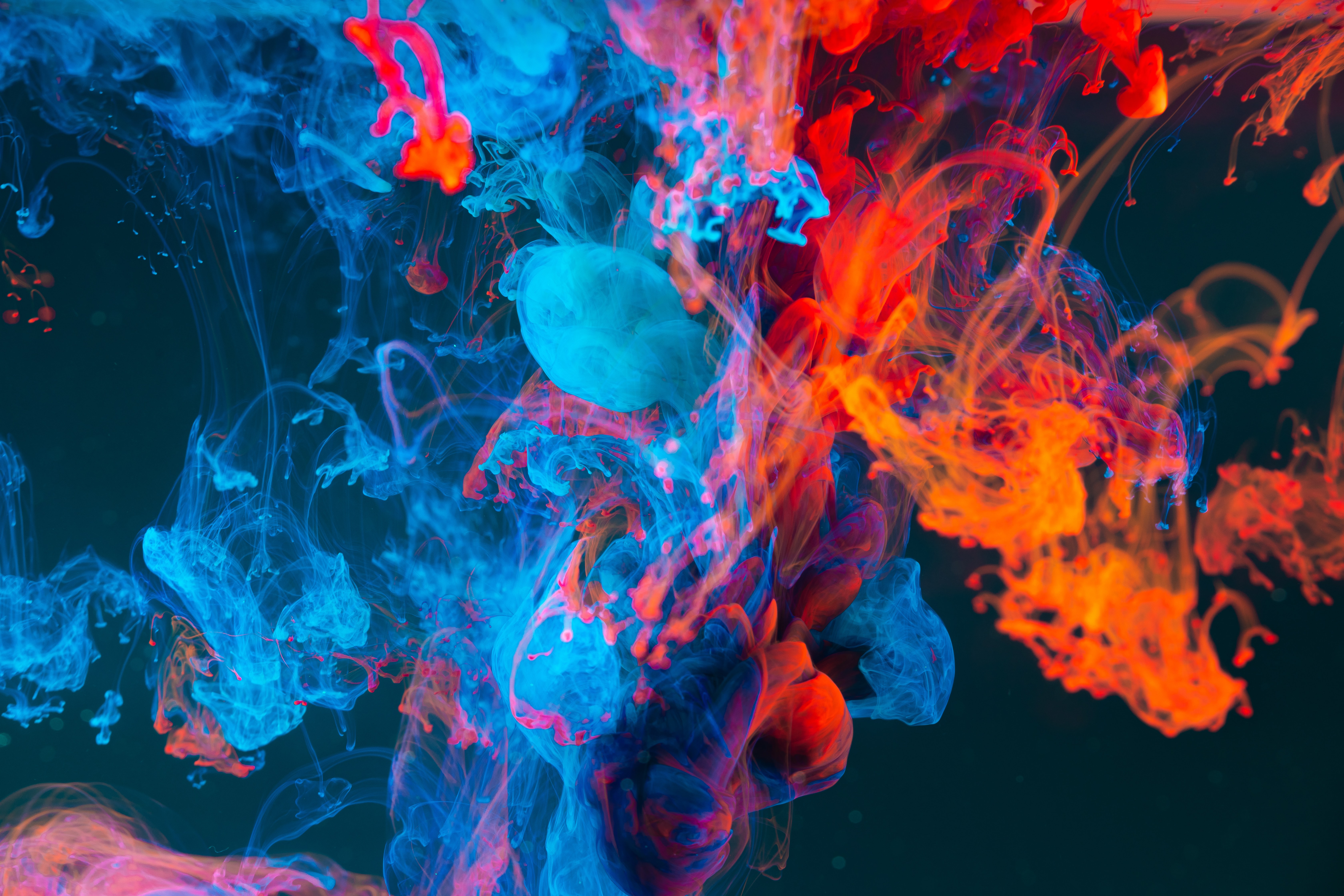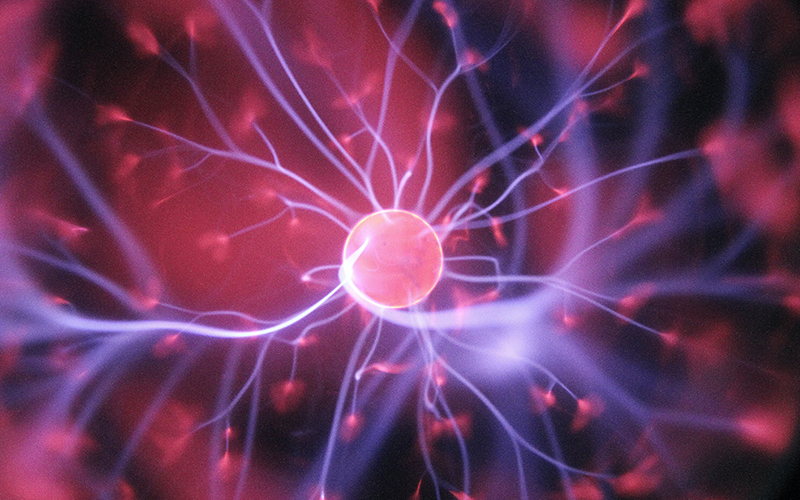Chun-Yi Wu 1,2 , Hsin-Hua Hsieh 1,2, Ting-Yu Chang 1,2, Jia-Jia Lin 3, Chin-Ching Wu 4, Ming-Hua Hsu 5,Ming-Chia Lin 6,* and Shin-Lei Peng 3,*
1 Department of Biomedical Imaging and Radiological Sciences, National Yang Ming Chiao Tung University,Taipei 112, Taiwan; chunyiwu@ym.edu.tw (C.-Y.W.); alexa851024@gmail.com (H.-H.H.);tingyu870617@gmail.com (T.-Y.C.)
2 Department of Biomedical Imaging and Radiological Sciences, National Yang-Ming University,Taipei 112, Taiwan
3 Department of Biomedical Imaging and Radiological Science, China Medical University,Taichung 404, Taiwan; solar3520@gmail.com
4 Department of Public Health, China Medical University, Taichung 404, Taiwan; wucc@mail.cmu.edu.tw
5 Department of Chemistry, National Changhua University of Education, Changhua 500, Taiwan;minghuahsu@cc.ncue.edu.tw
6 Department of Nuclear Medicine, E-DA Hospital, Kaohsiung 824, Taiwan
* Correspondence: ed101186@edah.org.tw (M.-C.L.); speng@mail.cmu.edu.tw (S.-L.P.);Tel.: +886-4-22053366 (ext: 7710) (S.-L.P.)
Abstract: This study aimed to develop a novel magnetic resonance imaging (MRI)-detectable boron (B)-containing nanoassemblies and evaluate their potential for boron neutron capture therapy (BNCT). Starting from the citrate-coated gold nanoparticles (AuNPs) (23.9 ± 10.2 nm), the diameter of poly (D, L-lactide-co-glycolide) AuNPs (PLGA-AuNPs) increased approximately 110 nm after the encapsulation of the PLGA polymer. Among various B drugs, the self-produced B cages had the highest loading efficiency. The average diameter of gadolinium (Gd)- and B-loaded NPs (PLGAGd/B-AuNPs) was 160.6 ± 50.6 nm with a B encapsulation efficiency of 28.7 ± 2.3%. In vitro MR
images showed that the signal intensity of PLGA-Gd/B-AuNPs in T1-weighted images was proportional to its Gd concentration, and there exists a significantly positive relationship between Gd and B concentrations (R2 = 0.74, p < 0.005). The hyperintensity of either 250 ± 50 mm3 (larger) or100 ± 50 mm3(smaller) N87 xenograft was clearly visualized at 1 h after intravenous injection of PLGA-Gd/B-AuNPs. However, PLGA-Gd/B-AuNPs stayed at the periphery of the larger xenograft while located near the center of the smaller one. The tumor-to-muscle ratios of B content, determined by inductively coupled plasma mass spectrometry, in smaller- and larger-sized tumors were 4.17 ± 1.42 and 1.99 ± 0.55, respectively. In summary, we successfully developed theranostic B- and Gd-containing AuNPs for BNCT in this study.
Keywords: boron neutron capture therapy (BNCT); boron-containing nanoparticles; magnetic resonance imaging (MRI)



